1940 De Havilland DH82A Tiger Moth
Always hangared | Very well kept
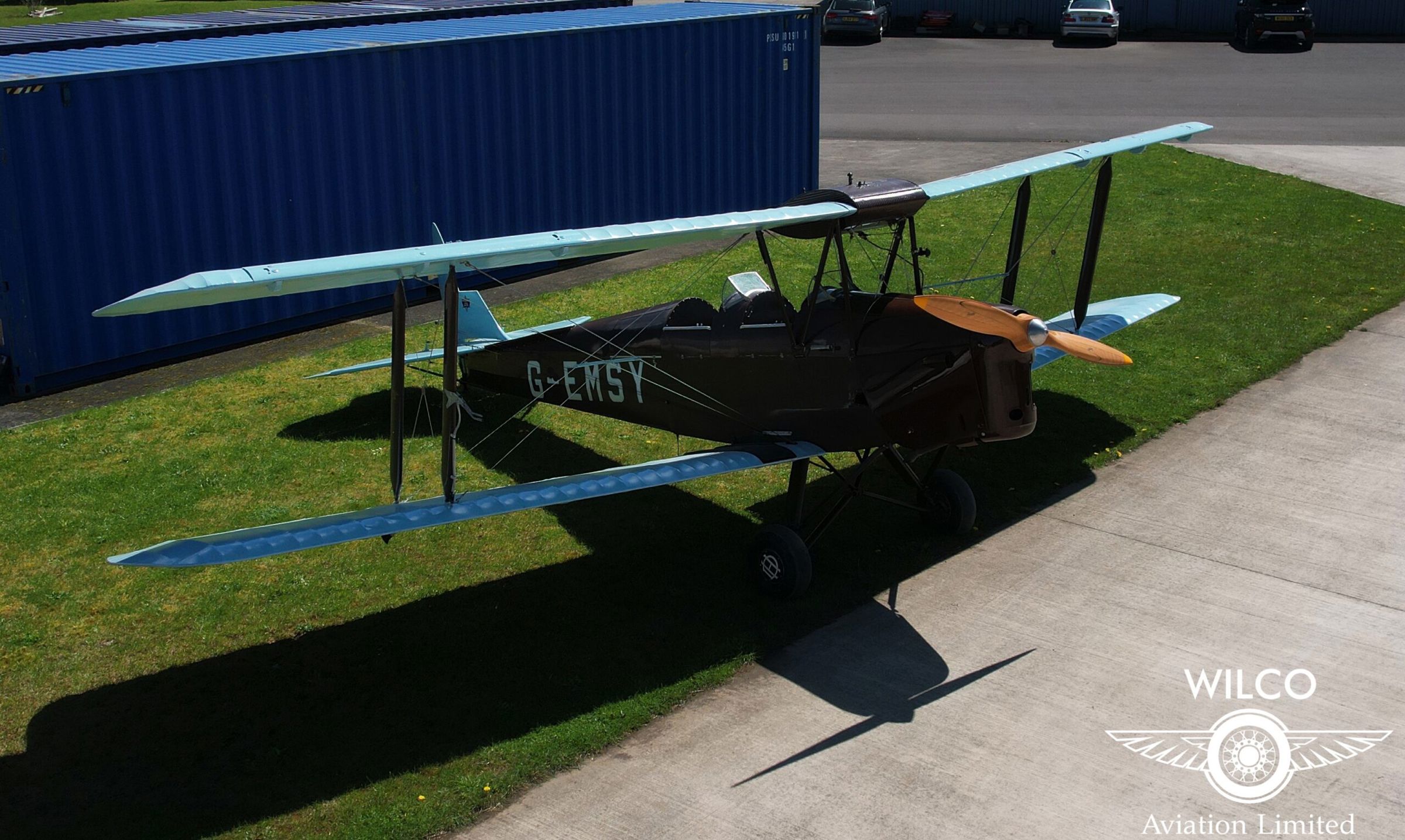
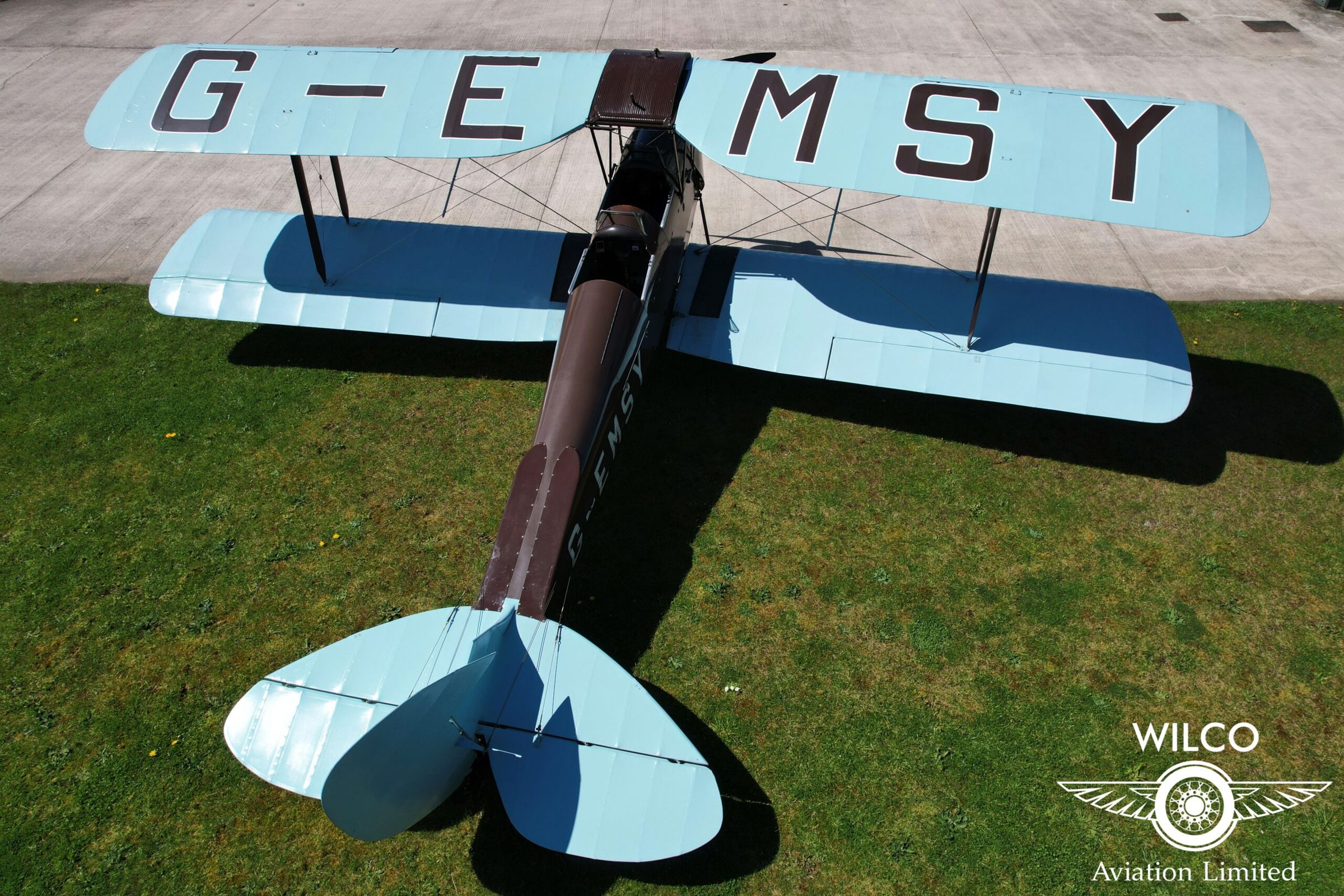
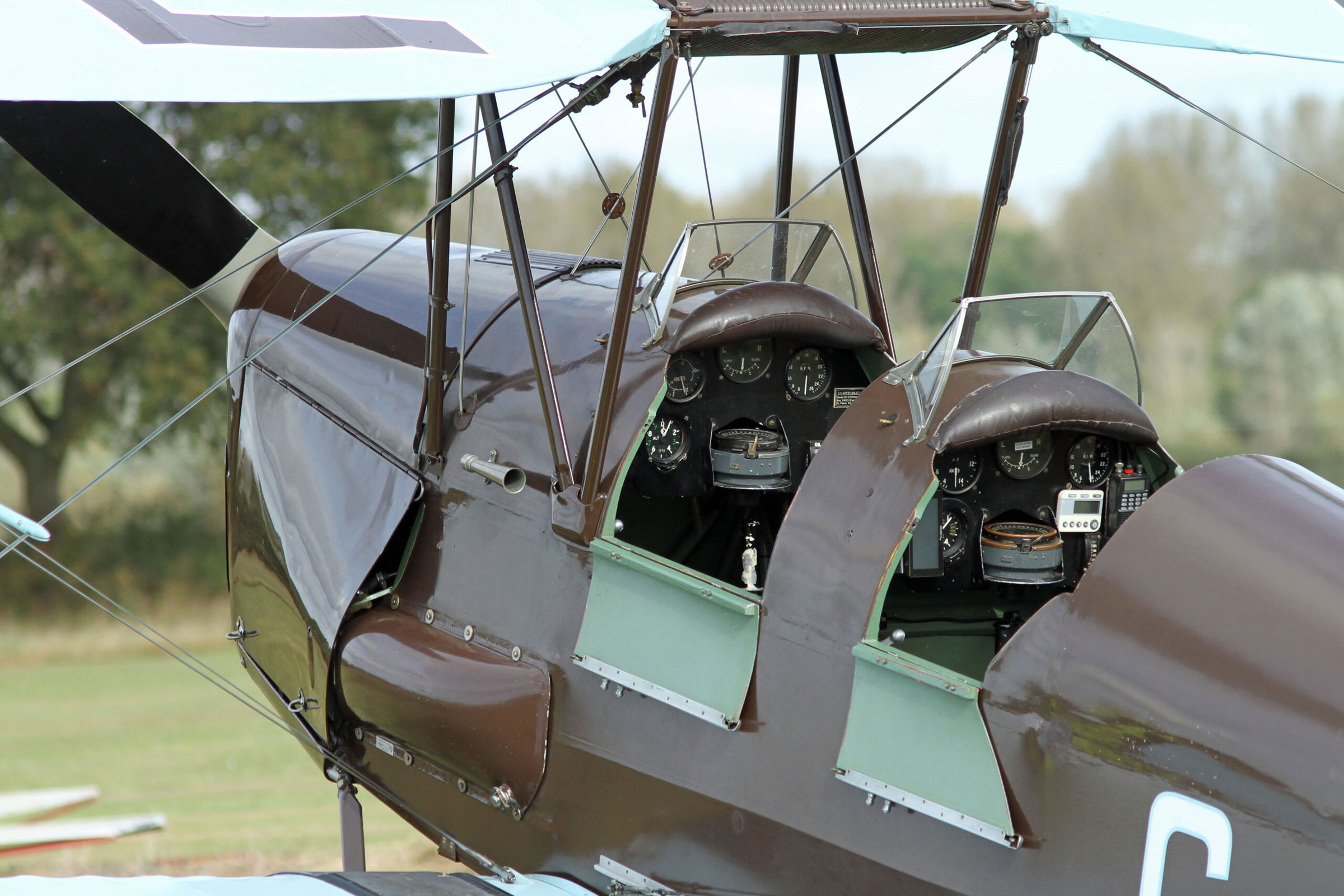
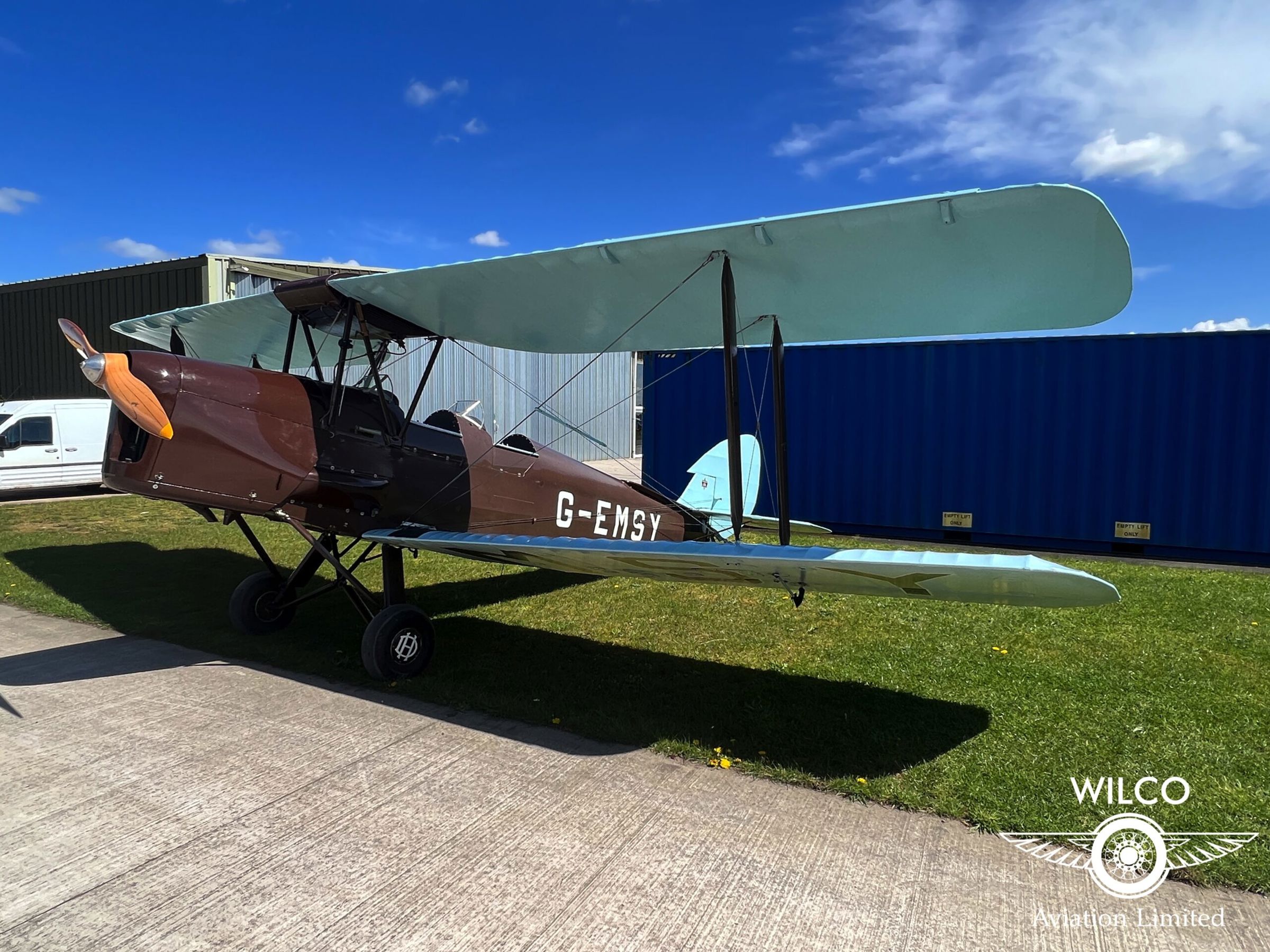
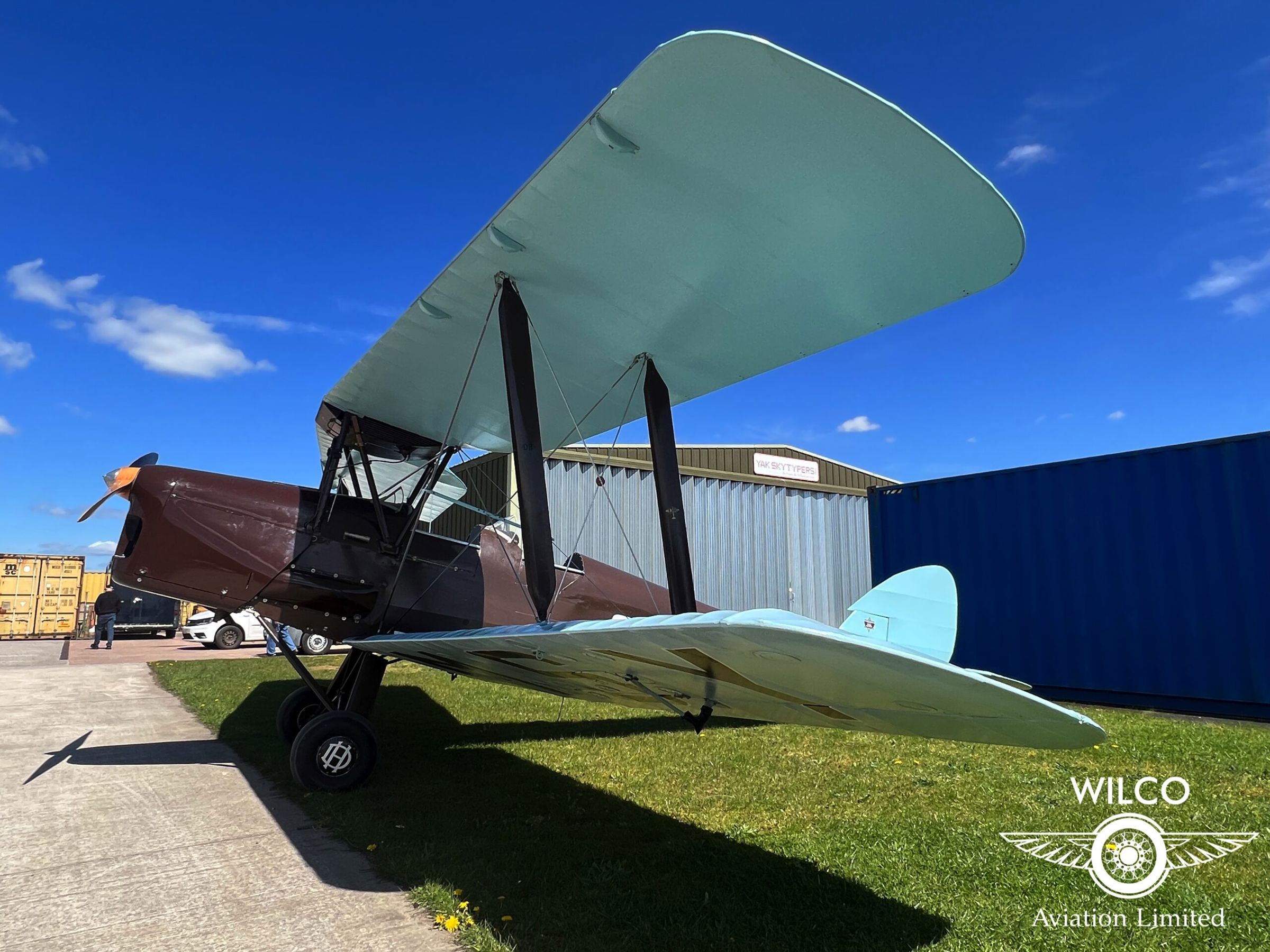
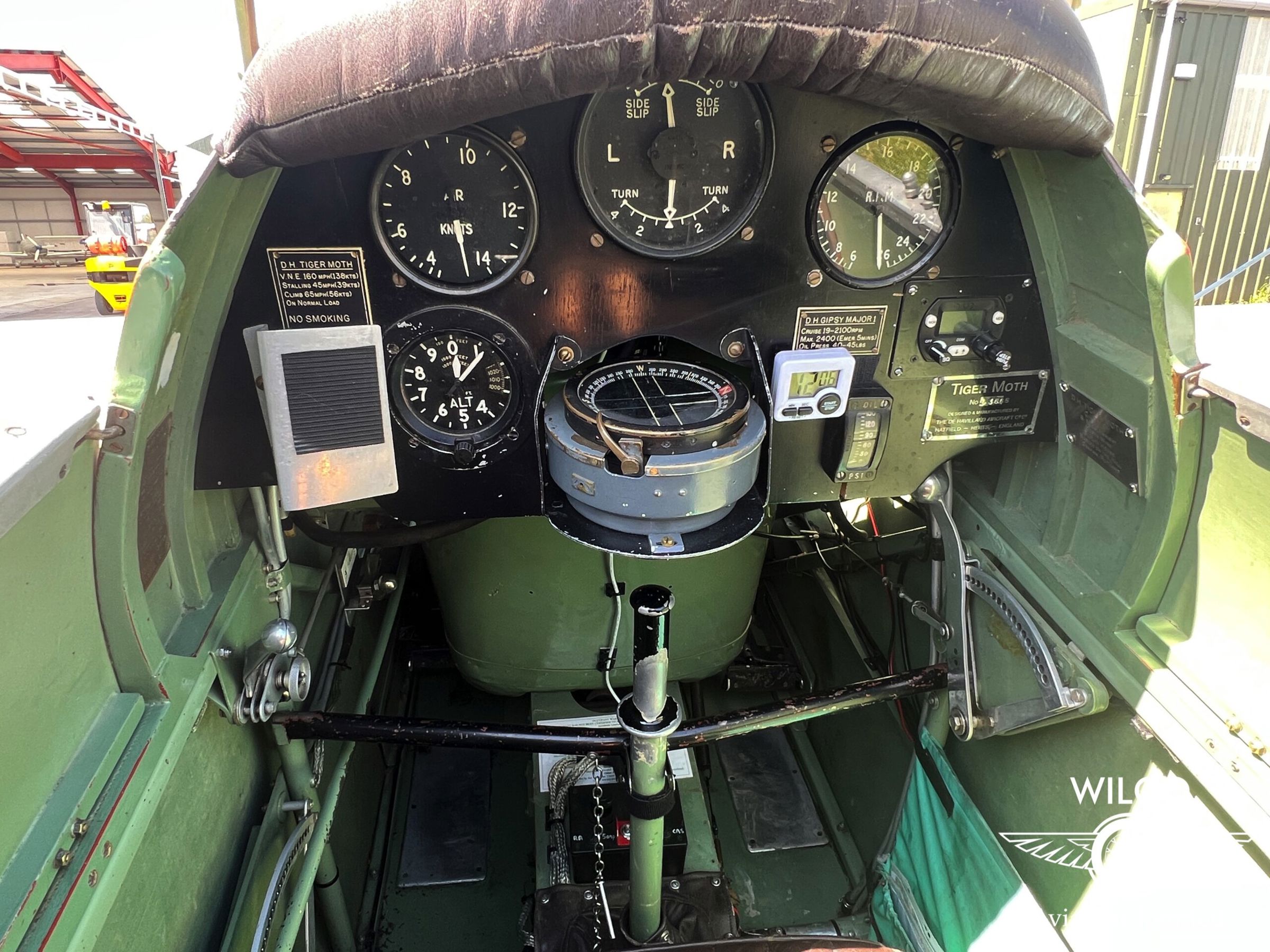
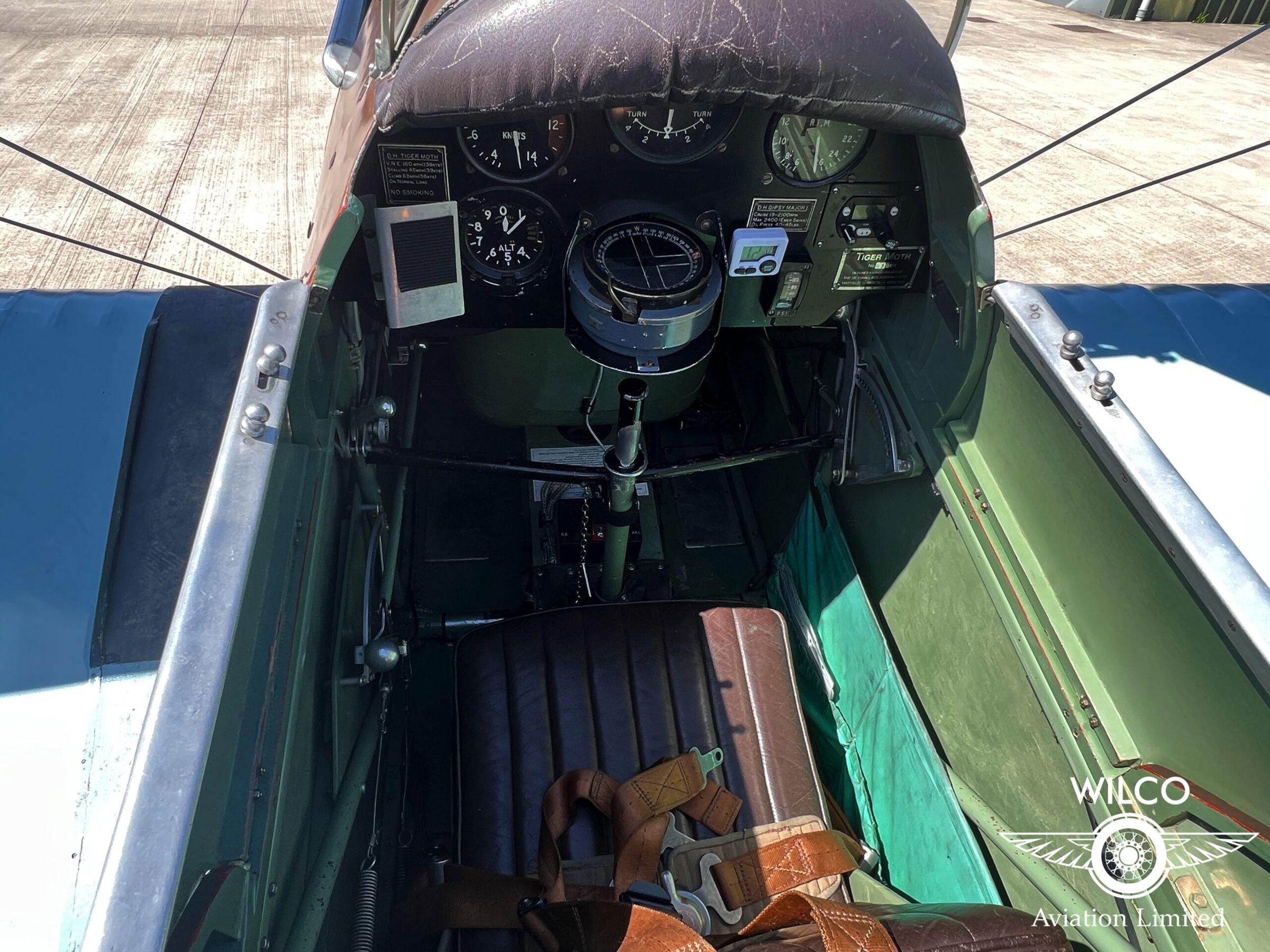
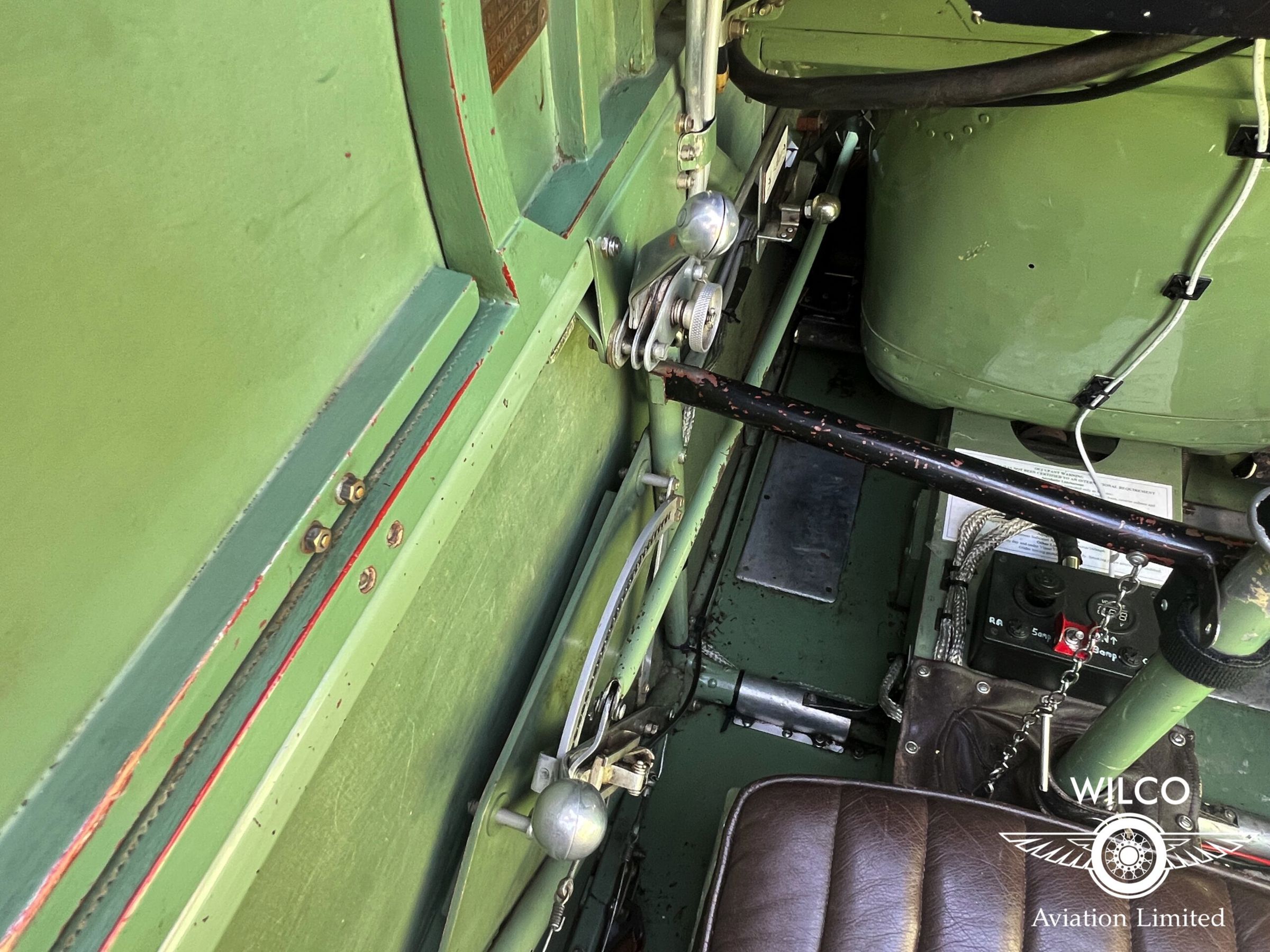
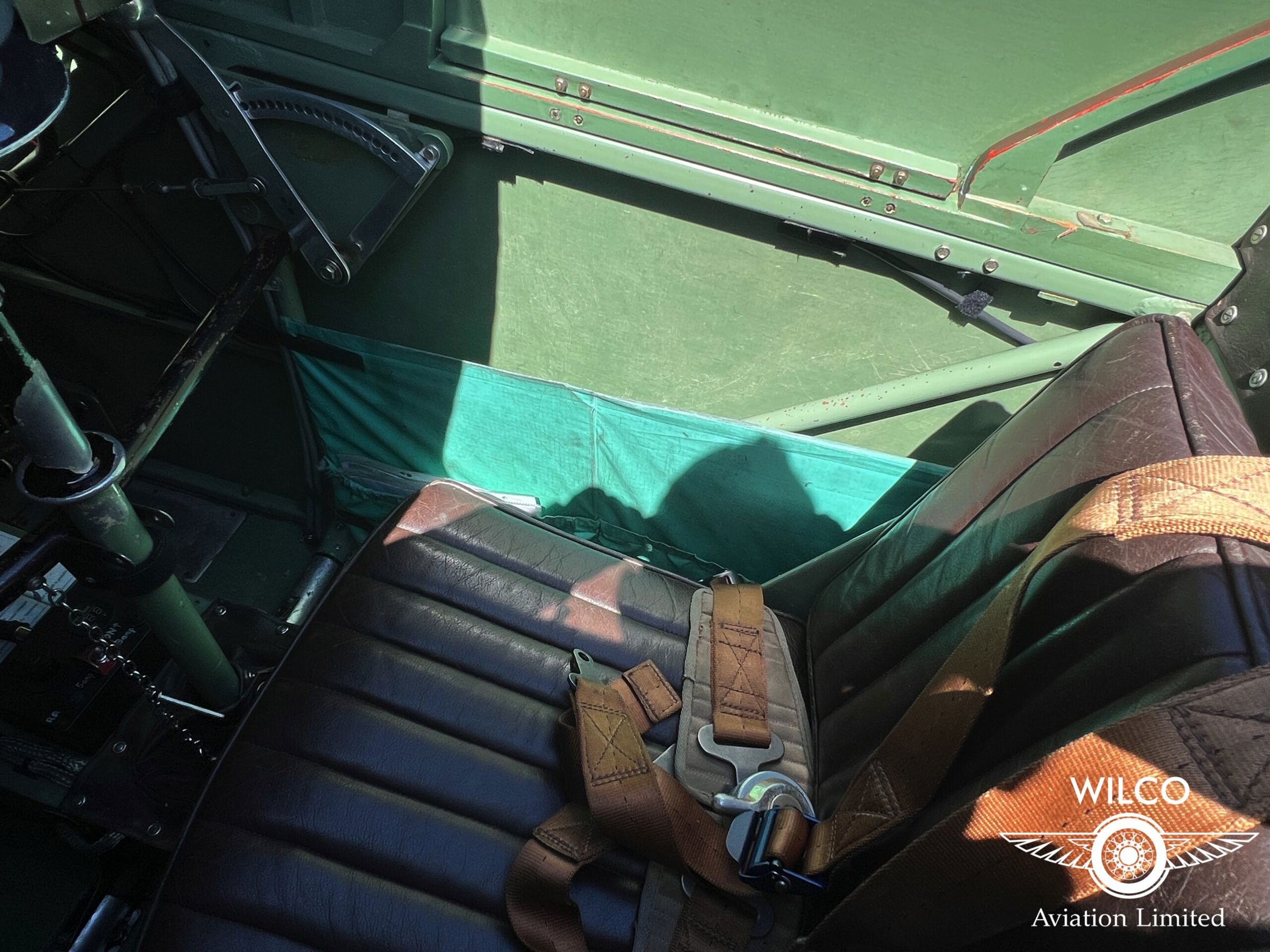
- Make
- De Havilland
- Model
- DH-82A Tiger Moth
- Year
- 1940
- Seller
- WilcoAviation
- Location
- Somerset, Henstridge Airfield, United Kingdom
- Condition
- Pre-owned
- Seller type
- Broker
- Total Time
- 4782 h
- Engine Time
- 77 h
- Undercarriage
- Taildragger
- Seats
- 2
- Registration
- G-EMSY
Highlights
- Wilco Aviation are delighted to have this very well kept and loved de Havilland DH82A Tiger Moth for sale exclusively listed and located with us at our home base, Henstridge Airfield, Somerset.
Exterior
- Exterior – 8/10
- Exterior: Hickory Brown and Lakeland Blue
- Cockpit & engine cover
- Spares
Interior
- Interior – 8/10
- 4 point chipmunk harnesses
Maintenance
- PERMIT: July 2023 (New on sale)
Specifications
- Seat Configuration
- 1+1
- Gross Weight
- 828 Kg
- Empty Weight
- 565 Kg
- Useful Load
- 263 Kg
- Cruise Speed
- 75 Kt
- Fuel Capacity
- 109 l
Engine
- Manufacturer, Model
- de Havilland, DH Gipsy Major I
- ENGINE OVERHAULED: Feb 2020
- TTSN
- 913
- TSOH
- 77
- Propeller
- ,
- PROP OVERHAULED: New 2016
- Type
- Fixed Pitch
- TTSN
- 191
Avionics
- COM
- Trig, TY91
- Standard instruments
- Lynx intercom
- Pilot Aware with external aerial
- SkyEcho and strut mount
- Turn coordinator
- Air Speed Indicator (ASI)
- Altitude Indicator (AI)
- Oil pressure gauge
- RPM gauge
- Compass
Additional Remarks
- The de Havilland DH82 Tiger Moth is a 1930s British biplane designed by Geoffrey de Havilland and built by the de Havilland Aircraft Company. It was operated by the Royal Air Force (RAF) and other operators as a primary trainer aircraft. In addition to the type’s principal use for ab initio training, the Second World War had RAF Tiger Moths operating in other capacities, including maritime surveillance and defensive anti-invasion preparations; some aircraft were even outfitted to function as armed light bombers.
- The Tiger Moth remained in service with the RAF until it was replaced by the de Havilland Chipmunk during the early 1950s. Many of the military surplus aircraft subsequently entered into civilian operation. Many nations have used the Tiger Moth in both military and civilian applications, and it remains in widespread use as a recreational aircraft. It is still occasionally used as a primary training aircraft, particularly for those pilots wanting to gain experience before moving on to other tailwheel aircraft. Many Tiger Moths are now employed by companies offering trial lesson experiences. The de Havilland Moth club, founded in 1975, is now an owners’ association offering a mutual club and technical support.
- GEMSY as she’s known started life with the RAF as T7356 serving with two Elementary Flight Training Schools – 17 E.F.T.S at North Luffenham (1941-42), and 21 E.F.T.S at Booker (1942-46). She then served with Nº 9 Maintenance Unit from 1946-49 until being placed in storage at RAF Cosford from 1949-54.
- Decommissioned in 1954 she was one of six Tiger moths purchased at auction by a German priest to restart civilian flying in Germany. She was registered as D-EDUM in 1955 and flew from Thurxton to Geilenkirchen. Acquired and rebuilt by members of the RAF Flying Club at Geilenkirchen in 1964 she was registered as G-ASPZ and flew there as a glider tug until 1969. She was sold and reregistered D-EDUM then subsequently dismantled for restoration in 1979.
- In 1991 the aircraft was recovered in a dismantled state from a barn in Belgium as a retirement project by an ex Canadian Air Force fast jet pilot and Cathay Pacific Captain. Following a total restoration (airframe by Paul Szuzla and Cliff Lovell, engine zero timed by Vintec) she gained a Certificate of Airworthiness in 2000 registered as G-EMSY. The unusual colour scheme represents the school colours and Emsy was his daughters pet name at the time. A syndicate was formed at old Sarum where a group of 4 owners have flown her.
- GEMSY was moved to the LAA Permit to Fly scheme in 2013 and has held a permit every year since.
- The Tiger Moth responds well to control inputs and is fairly easy to fly for a tail-dragger. Its big “parachute” wings are very forgiving, and it stalls at a speed as slow as 25 knots with power. Its stall and spin characteristics are benign. It has some adverse yaw and therefore requires rudder input during turns.
- The Tiger Moth exhibits the fundamental requirements of a training aircraft, in being “easy to fly, but difficult to fly well”; the aircraft’s benign handling when within its limits make it easy for the novice to learn the basic skills of flight. At the same time techniques such as coordinated flight must be learnt and used effectively, and the aircraft will show up mishandling to an observant instructor or attentive pupil. As training progresses towards more advanced areas, especially aerobatics, the skill required on the part of a Tiger Moth pilot increases. The aircraft will not, like some training aircraft, “fly its way out of trouble” but will instead stall or spin if mishandled. However the stall and spin remain benign, again showing up deficient piloting without endangering the aircraft or the crew. These characteristics were invaluable to military operators, who must identify between pilots with the potential to go on to fly fighter aircraft, those more suited to lower-performance machines and those who must be relegated to non-pilot aircrew positions.